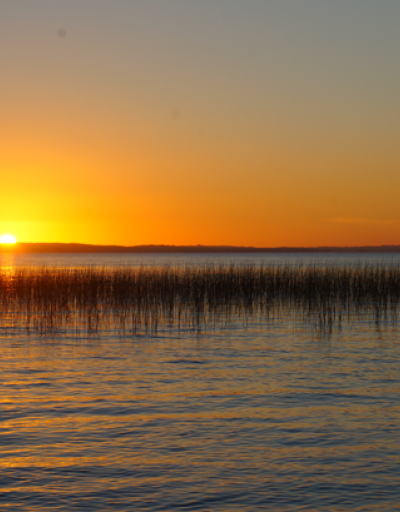
Latin America and the Caribbean
Mata Atlântica (Brazil)
The second largest moist forest area in the world, Mata Atlântica, covers 17 different Brazilian states, including Rio de Janeiro and São Paulo. The forest is a biodiversity hotspot encompassing a spectacular patchwork of rain forest, mangroves and salt marsh scrublands.

La Selle (Haiti)
La Selle became Haiti’s first biosphere reserve in 2012. Encompassing the Massif de la Selle and Pic de la Selle (2684m), it serves as an ecological corridor in the south of Hispaniola, marked by high levels of endemism.

Saint Mary's (Saint Kitts and Nevis)
Saint Mary’s is a terrestrial and marine biosphere reserve. Its land area covers 1,701.41 ha around Cayon Village and its marine area stretches out 3 km at sea, over an area of 2,338.86 ha, totalling 4,040.27 ha.
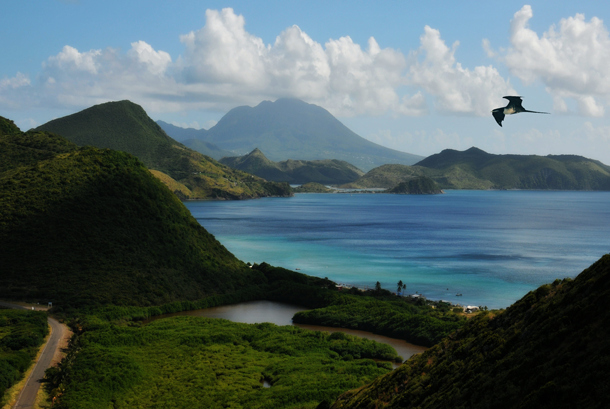
Sierra de Manantlán (Mexico)
Located in the states of Jalisco and Colima (Mexico), the Sierra La Laguna Biosphere Reserve covers an area of 139,577 ha consisting of a mountainous strip almost 100 km wide, running from Puerto Vallarta, Jalisco to the confluence of the Balsas River. It includes a section of the Sierra Madre del Sur near the junction with the Transverse Volcanic Axis and the Sierra Madre Occidental, which is reflected in the landscape, the habitats of the mountain complex and the high level of biological diversity.
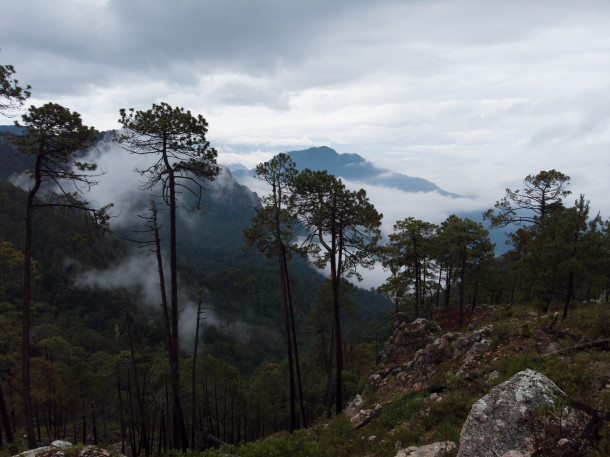
Sierra La Laguna Biosphere Reserve (Mexico)
The Sierra la Laguna Biosphere Reserve is situated between Los Cabos and La Paz, and covers 112,436 ha. The region is the main source of water catchment and recharge in the southern portion of the peninsula, and is estimated to supply about 90% of the population of La Paz and Los Cabos.
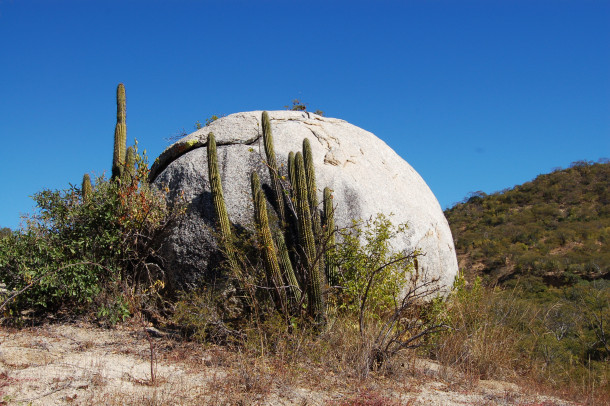
Mariposa Monarca (Mexico)
The Purépecha grandmothers tell how their ancestors walked from the cold lands at the centre of the country. When the children and old people could go no further, they covered their bodies with the orange resin of the trees and the yellow pollen of the flowers to keep themselves warm. The pollen and resin transformed them into monarch butterflies, and they flew together to the lands of the Monarch Butterfly Biosphere Reserve.
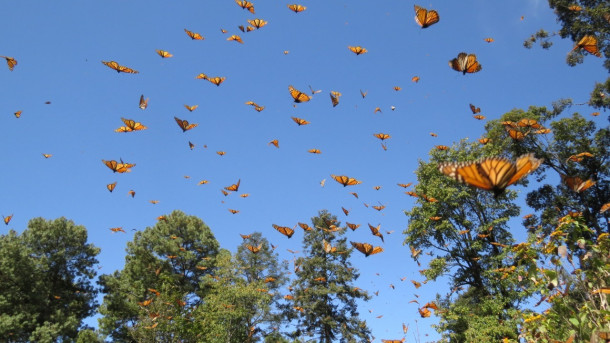
La Encrucijada (Mexico)
Located on the Pacific coast south-southeast of the state of Chiapas, La Encrucijada was created by two lagoon systems: Chantuto-Panzacola-San Nicolas and Carretas-Pereyra. The northeastern part of the reserve is bordered by the Sierra Madre del Sur mountain range, the origin of a wide hydrographic network consisting of 11 rivers that flow into the biosphere reserve, forming coastal lagoons, estuaries, canals and breakwater where continental and marine waters meet and mix. The surface area covers 144,868 ha and features mangrove vegetation, tules, Pachira aquatica, coastal scrub, floating and underwater vegetation, coastal dunes, palm groves, medium sub evergreen and low deciduous forest.

Bañados del Este (Uruguay)
Located in south-east Uruguay, Bañados del Este harbours a remarkable complex of ecosystems, including white sand beaches, dunes and lagoons along the Atlantic coast. This variety of habitats is home to very diverse wildlife that remains almost intact both on land and at sea.







